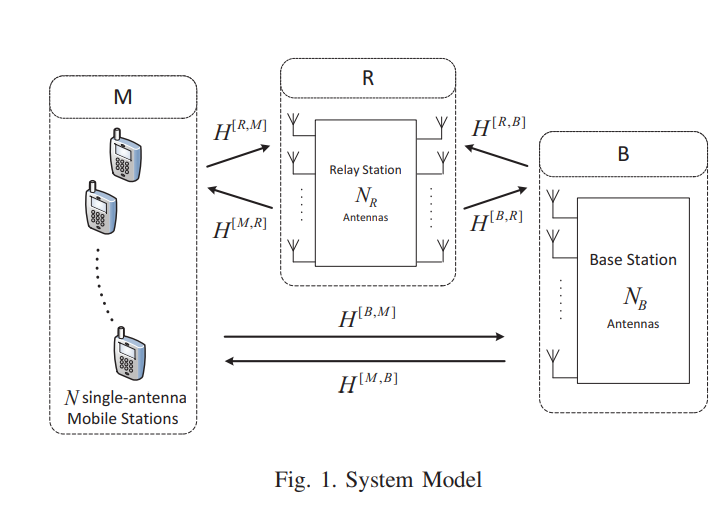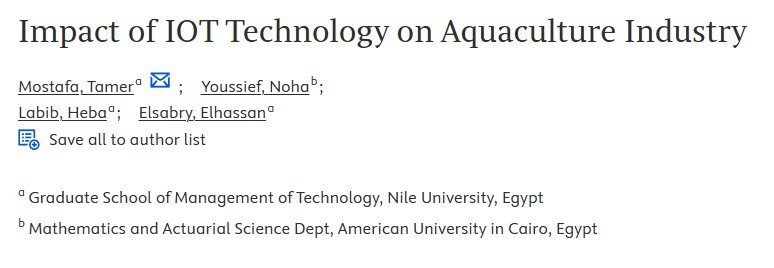

Degrees of freedom for separated and non-separated half-duplex cellular MIMO two-way relay channels
We study a cellular setting in which an introduced multiple-antenna relay station (RS) can possibly assist the bidirectional communication between a multiple-antenna base station (BS) and a set of single-antenna mobile stations (MSs). Through a proposed six-phase communication protocol with arbitrary number of antennas and MSs, we characterize the maximum number of degrees of freedom (DoF) that can be attained when the BS-MSs direct link is active or down. When the direct link is available, we show that the introduction of a multiple-antenna RS cannot increase the maximum DoF regardless of the number of antennas it is equipped with. In the absence of a BS-MSs direct link, the maximum DoF can be limited by the number of RS antennas since all ongoing communication takes place through the RS. It is also shown that the characterized maximum DoF is achieved via recently proposed network-coding based two-way relaying techniques. Finally, we conclude that a widely used two-phase multiple access/broadcast (MABC) two-way relaying protocol can be DoF-limiting in some cases due to its inherent inability to exploit the possibly available BS-MSs direct-link. © 2012 IEEE.



